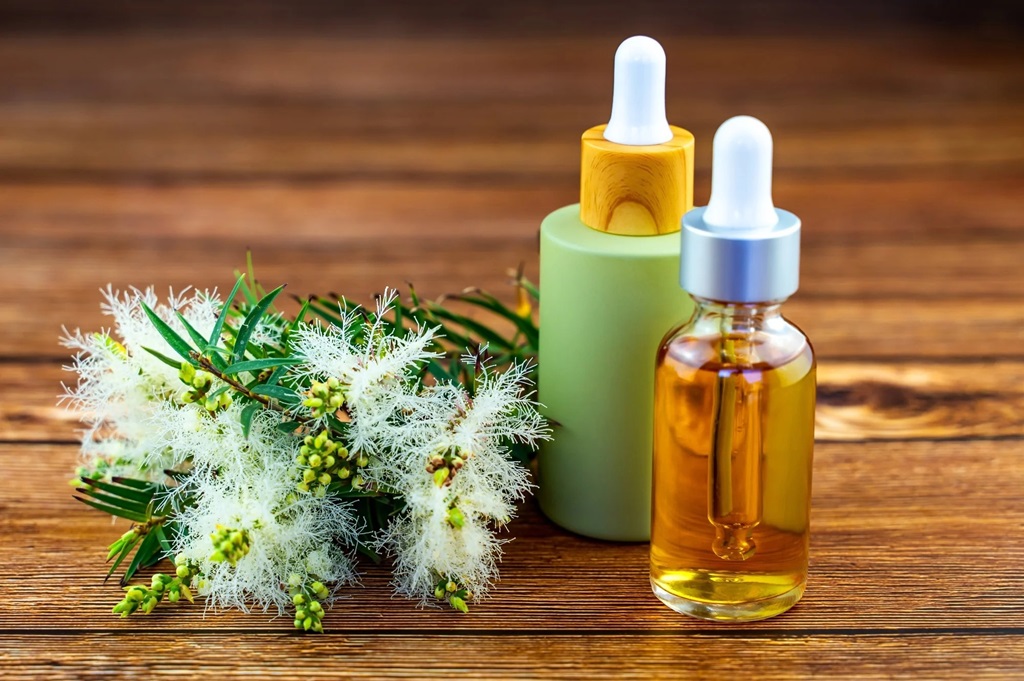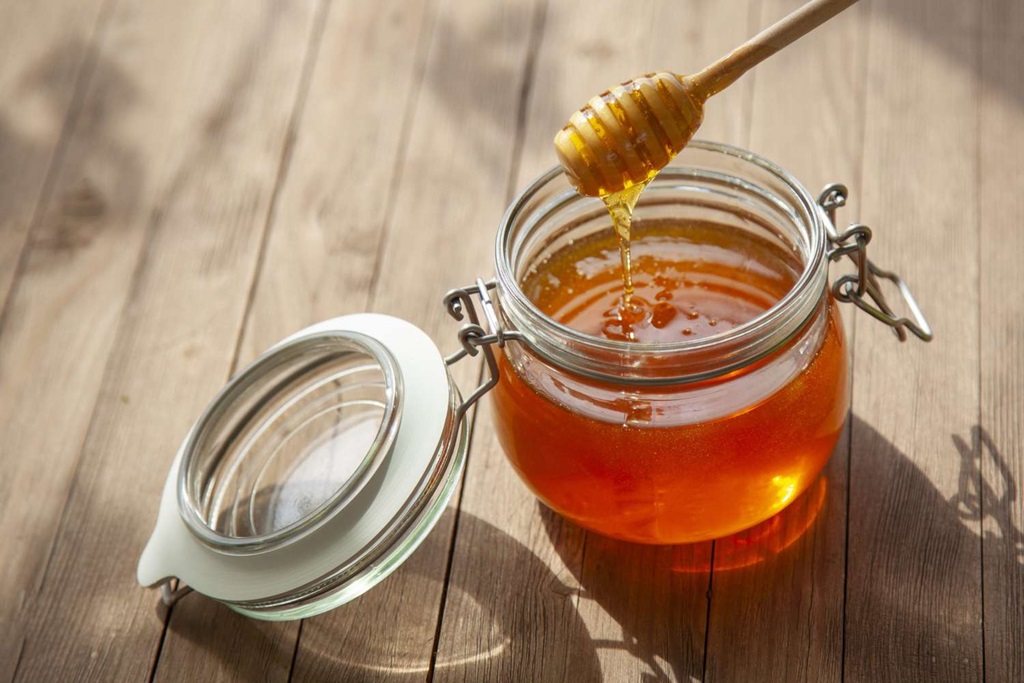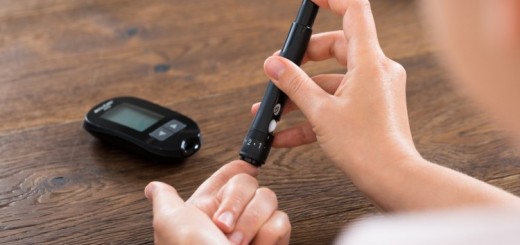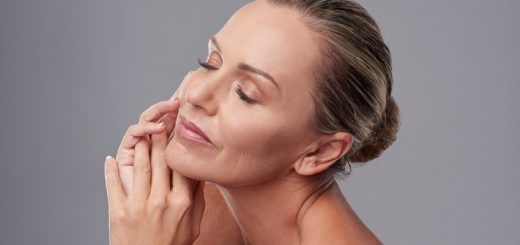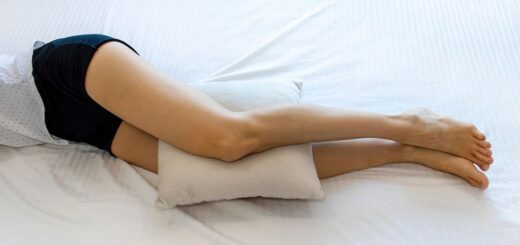Best Natural Home Remedies for Seborrheic Dermatitis
Seborrheic dermatitis, also known as seborrheic eczema, is a common skin condition that causes red, itchy, and scaly patches on the scalp and other areas of the body. It can be frustrating to deal with, but the good news is many natural home remedies can help manage symptoms and reduce flare-ups. In this article, I’ll share my top natural home remedies for seborrheic dermatitis based on scientific research and anecdotal evidence.
What Causes Seborrheic Dermatitis?
Seborrheic dermatitis is considered an inflammatory condition. The exact cause isn’t fully understood, but it seems to be related to several factors:
- Yeast – A yeast called Malassezia that naturally lives on the skin is thought to play a role in seborrheic dermatitis when it grows out of control. The yeast produces oleic acid that irritates and inflames the skin.
- Immune system – Some experts believe seborrheic dermatitis is an inflammatory reaction of the immune system to the Malassezia yeast. A compromised immune system allows the yeast to overgrow.
- Hormones – Hormonal changes and fluctuations are associated with seborrheic dermatitis flares. This is why it often worsens during puberty, pregnancy, and menopause. The sebaceous glands are sensitive to androgens like testosterone.
- Stress – Stress can impact the immune system and trigger seborrheic dermatitis symptoms. Stress increases inflammation and throws off normal functions of the skin.
- Weather – Cold, dry weather can lead to flares. The lack of moisture dries out the skin, allowing dead cells to build up. The sun may also irritate the skin.
Understanding the underlying causes can help when it comes to choosing effective treatments. Let’s look at some of the top natural home remedies for seborrheic dermatitis.
1. Tea Tree Oil
Tea tree oil is one of the most popular natural antifungal and anti-inflammatory remedies used for seborrheic dermatitis. It contains terpinen-4-ol which helps control the growth of yeast. Tea tree oil reduces redness, scaling, itching, and dandruff caused by the condition.
To use tea tree oil:
- Mix 2-4 drops of tea tree essential oil with 1 tablespoon carrier oil like coconut oil. Apply to affected areas and leave on for 30 minutes before rinsing.
- Add several drops of tea tree oil to your shampoo and wash as normal.
- Dampen a cotton ball with diluted tea tree oil and dab it onto the scalp. Rinse after 10 minutes.
Use tea tree oil once or twice daily as needed. Make sure to dilute it first as it can irritate the skin when used full strength.
2. Apple Cider Vinegar
Apple cider vinegar is another common naturopathic treatment for seborrheic dermatitis because of its antibacterial and antifungal properties. The acetic acid found in apple cider vinegar kills off excess yeast and balances the skin’s pH levels.
To use apple cider vinegar:
- Mix equal parts apple cider vinegar and water. Use a cotton ball to apply the solution to problem areas. Rinse after 5-10 minutes.
- Add 1 part apple cider vinegar and 1 part water to a spray bottle. Spritz onto the scalp or skin and let sit for several minutes before washing off.
- Add 1-2 cups apple cider vinegar to a warm bath and soak for 15-30 minutes.
Use apple cider vinegar 1-2 times daily as needed. Make sure to dilute it to prevent burns.
3. Coconut Oil
Coconut oil is an excellent moisturizer for seborrheic dermatitis. It contains lauric acid and caprylic acid that have anti-inflammatory, antibacterial, and antifungal properties to calm the skin and control yeast overgrowth. The healthy fats in coconut oil also help repair and strengthen the skin barrier.
To use coconut oil:
- Gently massage a few teaspoons of extra virgin coconut oil onto the affected areas. Let it soak in for at least 30 minutes before rinsing.
- Add 2 tablespoons of melted coconut oil to your shampoo and wash as normal.
- Apply a thin layer of coconut oil to damp skin/scalp after bathing.
Use coconut oil 1-2 times daily as part of your skincare routine. It’s gentle enough for daily use.
4. Aloe Vera
Pure aloe vera gel also has anti-inflammatory and antifungal action against seborrheic dermatitis. It soothes redness, irritation, and scaling while allowing the skin to heal. The antioxidants in aloe help eliminate free radicals that damage the skin.
To use aloe vera:
- Scoop fresh gel from an aloe leaf and apply directly to affected areas. Let it absorb for 20-30 minutes before rinsing.
- Mix 3 parts aloe gel with 1 part lemon juice. Apply with a cotton pad and leave on for 10 minutes.
- Purchase bottled aloe gel and use it straight out of the container as often as needed.
Use aloe vera 1-2 times per day until the condition improves. Make sure products are at least 99% pure aloe without added fillers.
5. Honey
Honey is a humectant that provides moisturizing benefits for seborrheic dermatitis lesions. It also has antifungal properties to fight yeast overgrowth. Manuka honey from New Zealand is considered the most potent when it comes to skin healing abilities.
To use honey:
- Warm up a small amount of raw, organic honey in your hands. Massage into affected areas, leave on for 20 minutes, then rinse.
- Mix 2 tbsp honey with 1 tsp cinnamon oil. Spread onto the scalp, leave on for 1 hour, then wash out.
- Add 1/4 cup honey to bath water and soak for 15-20 minutes. Rinse skin well after bathing.
Use honey treatments 1-2 times per week to hydrate and heal the skin.
6. Oregano Oil
Oregano oil can also be used to control seborrheic dermatitis due to its anti-yeast and anti-inflammatory benefits. It contains thymol and carvacrol compounds that inhibit fungal growth and reduce swelling.
To use oregano oil:
- Mix 3-5 drops of oregano essential oil with 1 tbsp olive oil or coconut oil. Rub onto affected areas, leave on for 5 minutes, then rinse.
- Add several drops of oregano oil to shampoo and conditioner.
- Mix 4-5 drops of oregano oil with 2 tbsp honey or aloe. Apply to scalp, allow to sit for 10 minutes, then wash out.
Use oregano oil treatments once daily, but don’t overdo it. Oregano oil can cause burns when overused.
7. Colloidal Oatmeal
Soaking in an oatmeal bath can help soothe seborrheic dermatitis. Oats create a protective barrier on the skin and provide anti-inflammatory relief. The starch has sebum-absorbing effects to reduce greasy skin and scaling.
To use colloidal oatmeal:
- Add 2 cups colloidal oatmeal or ground oatmeal to a lukewarm bath. Soak for 15-20 minutes.
- Make an oatmeal mask by mixing ground oats with just enough water to form a paste. Apply to rashes for 10 minutes.
- Place an old sock filled with oats into your bath water to allow the oat milk to infuse.
Use oatmeal baths or masks 2-3 times per week to calm irritation.
8. White Vinegar
Like apple cider vinegar, white vinegar also offers antifungal properties to counteract seborrheic dermatitis. It helps remove excess oil and exfoliate dead skin cells when used topically. Acetic acid can reduce itchiness too.
To use white vinegar:
- Mix equal parts white vinegar and water in a spray bottle. Spritz onto affected areas and allow to dry.
- Add 1 cup white vinegar to bath water and soak for 15 minutes.
- Dampen skin with white vinegar, let sit for 2 minutes, then rinse.
Use white vinegar solutions 1-2 times per week as a therapeutic rinse. Avoid getting it near your eyes.
9. Boric Acid
Boric acid has mild antiseptic and antifungal actions. When applied topically, it can control seborrheic dermatitis by balancing oil production and killing off yeast overgrowth. It also reduces inflammation and aids healing.
To use boric acid:
- Create a paste with equal parts boric acid powder and water. Apply to problem areas and rinse after 5-10 minutes.
- Mix 1 tbsp boric acid powder, 1 cup witch hazel, and 1/2 cup alcohol. Soak a cotton ball and dab onto the affected areas.
Use boric acid solutions 1-2 times per day as needed. Rinse well afterward.
10. Sea Salt
Sea salt has antiseptic and antimicrobial properties that make it helpful for seborrheic dermatitis. It removes excess oil and dead cells while also controlling the growth of bacteria and fungus. The minerals in sea salt can calm inflammation too.
To use sea salt:
- Add 1/2 cup sea salt to warm bath water and soak for 15 minutes.
- Make a sea salt spray by mixing 1 tsp salt with 1 cup water. Spritz onto the scalp or skin.
- Combine sea salt with olive oil and gently scrub skin to exfoliate.
Use sea salt treatments 2-3 times per week to cleanse and detoxify skin.
Lifestyle Tips for Seborrheic Dermatitis
In addition to using natural remedies, make sure your daily habits and routines support skin health. Here are some lifestyle tips:
- Keep skin clean by washing with a gentle cleanser daily. Avoid harsh soaps.
- Shampoo regularly to reduce oil and flakes on the scalp. Alternate shampoos to avoid causing resistance.
- Moisturize skin after washing to prevent dryness. Use creams with colloidal oatmeal.
- Reduce stress through yoga, meditation, or other relaxation techniques.
- Eat a balanced diet with lots of fresh fruits and vegetables. Avoid inflammatory foods like sugar, dairy, and gluten.
- Take supplements like fish oil, vitamin D3, and probiotics to support the immune system.
- Wear loose-fitting cotton clothing and avoid wool or synthetic fabrics that can irritate the skin.
- Apply a humidifier at home and avoid harsh weather when possible.
Developing a skin-friendly lifestyle can help minimize seborrheic dermatitis flares along with using natural treatments.
When to See a Dermatologist
While home remedies are very useful for managing seborrheic dermatitis, it’s important to see a dermatologist if:
- Symptoms persist or worsen after 2-4 weeks of home treatment
- The rash spreads to other areas like the face, ears, chest, or back
- You develop swelling, oozing, or other signs of infection
- Over-the-counter shampoos and topicals provide no relief
A dermatologist can confirm the diagnosis, rule out other conditions, and provide prescription anti-fungal or steroid creams if necessary.
With the right natural remedies and medical care when needed, it’s possible to control seborrheic dermatitis flare-ups and keep your skin healthy. Be patient as it may take some trial and error to find the best treatment plan for your skin.
In Summary
Seborrheic dermatitis is a frustrating skin problem, but there are many effective natural remedies to help control symptoms. Common naturopathic treatments include tea tree oil, apple cider vinegar, coconut oil, aloe vera, honey, oregano oil, colloidal oatmeal, white vinegar, sea salt, and boric acid. Lifestyle measures like skin-healthy foods, stress reduction, and gentle skin care are also important. With the right treatment plan, you can successfully reduce seborrheic dermatitis flares and improve skin comfort.
Frequently Asked Questions
1. Is seborrheic dermatitis contagious?
No, seborrheic dermatitis itself is not contagious and cannot be spread from person to person. The malassezia yeast that contributes to it is present on everyone’s skin. However, those with a weakened immune system or other susceptibility factors are more prone to overgrowth of the yeast.
2. Can seborrheic dermatitis cause hair loss?
In some cases, yes. Chronic seborrheic dermatitis on the scalp can potentially lead to patchy hair loss. The severe itching, scaling, and inflammation can damage hair follicles over time. Treat the condition early with antifungal shampoos and natural remedies to prevent permanent bald spots.
3. How long does a seborrheic dermatitis flare last?
Flare-ups of seborrheic dermatitis can last anywhere from a few weeks to several months if left untreated. With consistent use of anti-fungal treatments and natural remedies, you can shorten the length and severity of outbreaks. It may take some trial and error to find the right approach for your skin.
4. Can babies get seborrheic dermatitis?
Yes, seborrheic dermatitis is very common in infants. Up to 40% of babies develop a “cradle cap” on their scalps caused by this condition. Seborrheic dermatitis in babies usually clears up on its own within 6-12 months. Gentle cleansing and moisturizing help control flare-ups.
5. Is there a permanent cure for seborrheic dermatitis?
Currently, there is no permanent cure for seborrheic dermatitis. It is a chronic, recurring condition that goes through cycles of flares and remission. With consistent gentle skin care and management of triggers, outbreaks can be minimized. But in most cases, it may come and go throughout a person’s lifetime.

